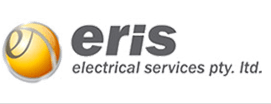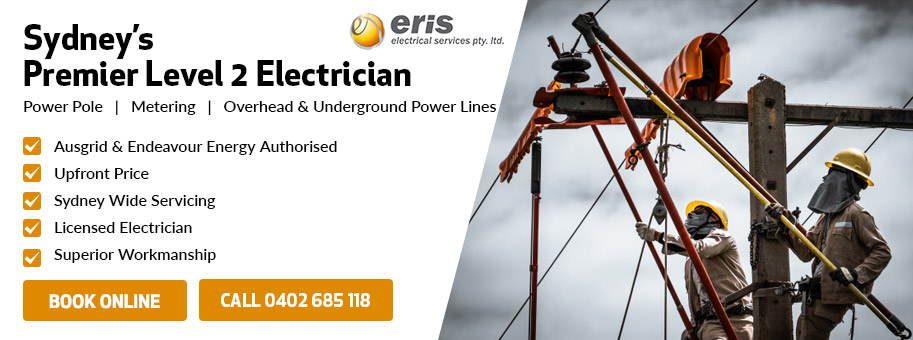
Our homes, as well as, business establishments, all run on electricity and the electricity ingested is measured by electricity meters that are used by energy companies to determine charges for your electricity bill. There are three major kinds of electric meter installation and the kind of meter you have can affect your energy costs.
Here are the 3 Types of Electricity Meters:
- Interval meter
- Accumulation meter
- Smart meter
Now, we’ll see how each one of these works:
1. Interval Meter
Interval meters are different as it measures electricity usage every 30 minutes and records it. That means energy companies can have different rates depending on the time of the day electricity is used. Interval meters will charge you differently for peak hours and off-peak hours of use. Typically, off-peak hour usage attracts a lower rate and peak hours attract a higher use tariff. If you have an interval meter, still you can choose to be charged at a flat rate in case you don’t want to pay different rates for the energy you use for the different time of the day.

How to Interpret an Interval Meter?
As interval meters are digital, they’re easy to read. In case, you want to know a ballpark figure of your next energy bill, then you’ll need to make a habit of writing down the kWh figures that the meter displays. Meter readers record interval meter data by connecting an optical probe that digs out the interval meter data and then transmits it to the distributor’s systems. This data is then processed up to 10 times to make sure it’s accurate before sending it to your authorised energy retailer for final bill generation.
2. Accumulation Meter
Accumulation meters are also referred to as flat meters or single rate meters. Accumulation meters evaluate how much energy has been ingested by the property. Accumulation meters can’t detect when (i.e. the time) the electricity has been used, so customers are billed flat charges for electricity used irrespective of the time of day they use power. Also, depending on the distributor, some customers may prefer a block rate tariff – this tariff charges different rates depending on your electricity consumption.
How to Interpret an Accumulation Meter?
Accumulation meter display is available in three variants viz.:
- Dial display
- Cyclometer display
- Digital display
The cyclometer and digital display are simple to read wherein the display shows how much electricity has been actually used in kWh. Conversely, dial accumulation meters are a bit more puzzling; they come with five small dials having numbers 0 to 9. Beginning from the left, read the numbers on which the dial-hands fall on, and continue reading to the right. If the hand drops between the two numbers then always consider the lower number, except, when it drops between 0 & 9, jot down 9. However, you can ignore the red dial. Accumulation meters need a meter reader to visit the property every three months to check the electricity consumption. This is carried out by calculating the difference between your previous and your current meter reads. Some energy retailers prefer to provide monthly billing wherein your bills will be evaluated between meter reads.
3. Smart Meter
Smart meters are the most recent invention in energy metering technology, also normally known as digital meters. Like interval meters, they also record electricity usage in every 30-minute intervals facilitating different rates to be charged at different times of the day. A smart meter may be referred to as an interval meter in some regions of Australia; however, the major difference is that smart meters can be read remotely. That means, a meter reader doesn’t need to visit your property and you should never get estimated bills.

How to Interpret a Smart Meter?
Smart meters display your electricity usage in kWh on a small digital screen. Smart meters can transmit live electricity usage data to your electricity distributor. It doesn’t require a meter reader and you may be able to track your own electricity usage via an energy monitor or online portal. These give unmatched insights into your usage patterns, assisting customers to know where they can save electric energy and thus lower their energy bills.
Solar Meter
If you’ve fitted a solar PV system or storage battery then you’ll need a 2-way or bi-directional electricity meter that can measure both solar electricity being exported to the grid in exchange for a feed-in tariff and incoming electricity. Moreover, nearly all modern interval meters are bi-directional, so are practically all smart meters. If you have a cyclometer or dial accumulation electricity meter, then you’ll need a meter upgrade to correctly measure your power exports.
Which Is The Best Type of Electricity Meter?
Normally, it’s recommended to install a smart meter if you’re constructing a new home, as the industry is heading towards smart meters. However, if you live in a property that’s already constructed and has an accumulation meter, then it would be good to upgrade your electric meter for the following good reasons:
- If you want a time of use tariff.
- If you want access to live electricity monitoring.
- If you’re installing solar.
Take no worries if you’re not sure about the charge that’s needed to upgrade your meter, as you can front the installation cost. These days, many retailers provide smart meter upgrades that can be paid back incrementally along with your electricity bills. Sounds good – isn’t it!
If you need professional metering services in Sydney, get in touch with Eris Electrical for availing comprehensive services that include energy meter installation, testing, service and repairs. Once you entrust your metering work to Eris Electrical, you don’t have to worry a bit, because after we have installed the electric meter for you, we’ll also provide ongoing maintenance support and asset management for the life of customer’s meter device.





 0402 685 118
0402 685 118

 0402 685 118
0402 685 118